Revisiting Rhythmic Masterpieces: Patapon 1+2 Review
Sure, here’s a rewritten version of the content:
—
Unexpected Return of PSP Classics
 In recent years, we’ve bid farewell to one of PlayStation’s finest studios: Japan Studio. Despite crafting noteworthy games, their commercial impact paled against the brand’s Western counterparts. Though their closure aimed to conserve resources, it’s disheartening not to see intriguing productions, aside from Astro Bot. With this context, many were intrigued when Nintendo showcased Patapon 1+2 Replay in a recent direct, marking the return of Sony’s compact strategy franchise believed to be shelved. This beloved series, comprised of three titles, captured the hearts of avid PSP users around 2007. The surprise wasn’t just its return, but its debut on multiple platforms like Switch and PC, indicating PlayStation‘s growing leniency on exclusives. Instead, Bandai Namco has taken the helm for this release.
In recent years, we’ve bid farewell to one of PlayStation’s finest studios: Japan Studio. Despite crafting noteworthy games, their commercial impact paled against the brand’s Western counterparts. Though their closure aimed to conserve resources, it’s disheartening not to see intriguing productions, aside from Astro Bot. With this context, many were intrigued when Nintendo showcased Patapon 1+2 Replay in a recent direct, marking the return of Sony’s compact strategy franchise believed to be shelved. This beloved series, comprised of three titles, captured the hearts of avid PSP users around 2007. The surprise wasn’t just its return, but its debut on multiple platforms like Switch and PC, indicating PlayStation‘s growing leniency on exclusives. Instead, Bandai Namco has taken the helm for this release.
Interestingly, the third game isn’t part of this release. This isn’t too surprising, as remastered versions for PS4 only covered the first two titles. We’ve received a review code to determine if this mini compilation is worth acquiring. We’ll delve into the key aspects, from gameplay and enhanced graphics to any worthwhile extras. Notably, the term “remake” wasn’t featured in promotional material, suggesting graphical changes won’t be the focus. The originals already boasted a charming visual style that simply needed an HD adaptation, much to fans’ appreciation.
Will Patapon 1+2 Replay have a strong enough impact to make Sony reconsider the franchise for new games? Or will it fade away once more? The Atomix Review is prepared for you to discover the verdict. Gear up and fall in step, as we venture into a world where tiny creatures fight for survival without sacrificing style. The thrilling climb awaits.

The Gods and Gameplay Basics
The story in Patapon 1+2 Replay revolves around players, depicted as gods, empowering small creatures to battle and boosting their morale through drumbeats. This rhythmic command mechanic plays a crucial role as players lead these creatures through their adventures.
On their journey, they must defeat extraordinary beings to establish their tribe as the best among various rivals, notably the Zigotons, who pursue different goals. The narrative primarily revolves around overcoming these rivals, particularly their leader, General Gong.
While the story isn’t groundbreaking, it offers a glimpse into tribal life, their divine adoration practices, and conflict resolution. Delving into the games’ lore presents questions fans may wish to explore further.

In terms of gameplay, the title combines strategy with rhythm, guiding a small army of eye-and-leg creatures through various stages. Despite their seemingly innocent appearance, these creatures evolve into formidable forces when enhanced.
Players command troops using controller buttons for advancing, attacking, retreating, and jumping, along with additional abilities like summoning rain to protect troops from extreme heat in the environment.
The game features different Patapon types, such as spear throwers, shield bearers with axes, archers, and flag bearers for leadership. Each has a specific defensive role, making their protection crucial, especially in boss battles.

Executing commands builds combos leading to a “Fever” state, enhancing Patapons’ power according to their skills. However, straying off rhythm ends this high-morale state, reducing the chance of overcoming tough adversaries in both games.
The original games have stringent input timing, but the second game offers a more forgiving margin. Players can fail if all units perish, specific objectives aren’t met, or if Hatapon—the flag-bearer—is defeated.

Unit replenishment occurs at a central base where new units can be created and improved with a currency called Kachin and materials dropped by enemies. The second game enhances this mechanic, allowing direct upgrades without first discarding old units.
With a maximum of six units per Patapon type, players must manage their resources wisely. Losing units in battle or dismissing them allows for new unit creation. Equipping better weapons and armor enhances their fighting prowess.
While progress isn’t constant, players must sometimes farm for currency and materials to build worthwhile units, with difficult challenges requiring continuous “Fever” state maintenance.

Extras for Enhanced Enjoyment
Many game collections include extras, and Patapon 1+2 Replay is no exception, though it may disappoint those seeking substantial additions. It lacks an art gallery, sound test, or additional levels, opting instead for quality of life improvements.
These enhancements include adjustable difficulty levels for both titles, making the games more accessible while addressing the punishing challenge of the first game. Expanding input timing for commands aids players in timing their button presses, counteracting strict original game rules.

Players can skip game intros and endings, but notably, tutorial skipping is not possible after initial viewing, and levels cannot be restarted, leading to frustration when retrying stages.
Overall, the extras are minimal, possibly disappointing those expecting art galleries or a sound test to enjoy the soundtrack. Additional stages or new Patapons are absent, showing a conservative approach to the port.
Despite the lack of obligatory extras, such enhancements weren’t promised. Companies like Digital Eclipse have raised expectations for quality, possibly leading to unwarranted disappointment from others not following suit.

Graphics and Music: Unchanged Essentials
The graphics in Patapon 1+2 Replay haven’t undergone significant changes. These retain the charm of the original PSP releases, celebrated for their minimalist aesthetic by Japan Studio, showcasing artistry without the need for realism.
This artistic style is preserved, with the added benefit of HD adaptation: 1080p in docked mode on Switch and 720p in handheld. However, there’s no native version for the new Nintendo console, although backward compatibility on Switch 2 allows play.
Performance-wise, the games run at a stable 60 frames per second across all versions. While this detail might seem minor, it’s a welcome improvement over the original and PS4 remasters that ran at 30 fps.
The soundtrack remains unchanged, with slightly refined tracks offering enhanced audio quality through speakers or headphones. Music, a key element of the game, ensures fans receive an unaltered auditory experience.

Time to Get in Tune
 In summary, Patapon 1+2 Replay effectively transports these PSP classics to non-Sony platforms, signaling potential for other Bandai Namco-published titles to follow suit. I’d welcome similar treatment for the Loco Roco series.
In summary, Patapon 1+2 Replay effectively transports these PSP classics to non-Sony platforms, signaling potential for other Bandai Namco-published titles to follow suit. I’d welcome similar treatment for the Loco Roco series.
If you’ve never experienced the Patapon series, this release is an ideal opportunity to explore these cherished classics, enhanced for a more enjoyable experience. Newcomers to rhythm games can adjust the difficulty as they grow more adept.
However, those hoping for extensive extras might be disappointed—aside from the HD update, this remains faithful to the originals. These are direct ports, so consider whether to invest if additional features are key for you.
If you’re seeking a full-fledged remake, patience is required—this is strictly an HD update. While quality titles, they lack significant improvements. Fans of the franchise should dive back in, and those new to the series, don’t wait any longer to try this collection.
Patapon 1+2 Replay is now available on PS5, Nintendo Switch, and PC.

—



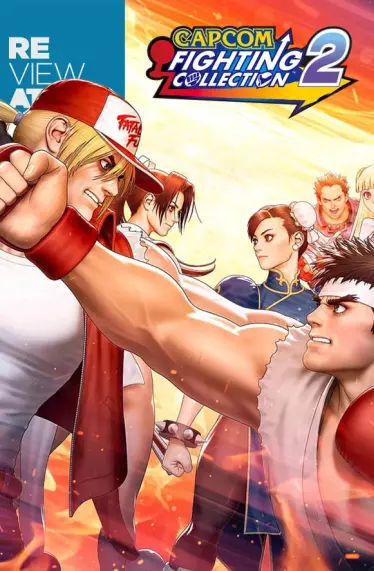

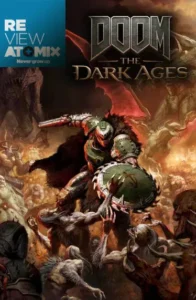


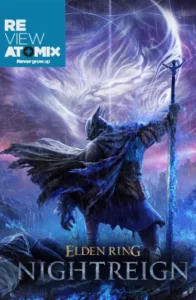

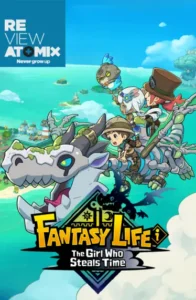
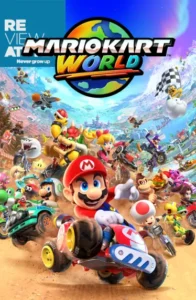

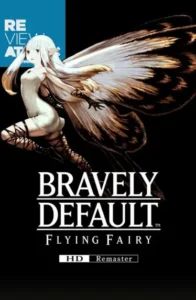
Post Comment